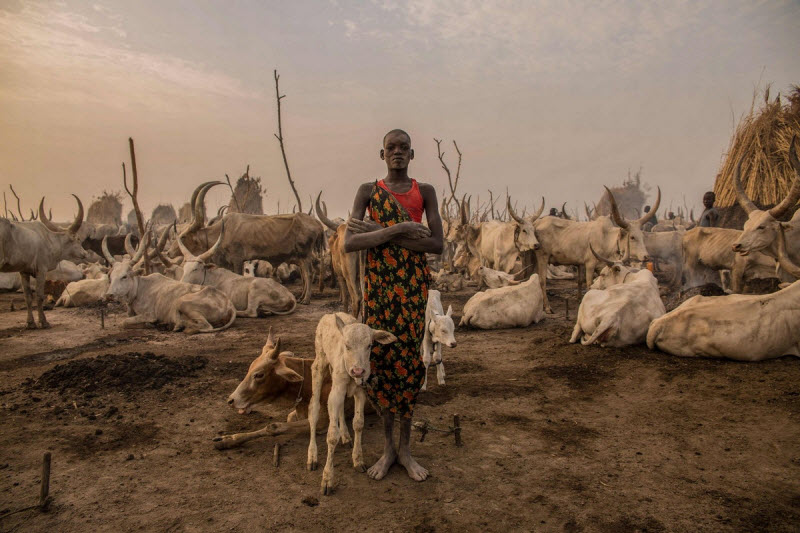War in Sudan threatens pastures and livestock farms

The prolonged armed conflict in Sudan, now entering its third year, has severely damaged pasture resources in key agricultural regions. Contamination of land with explosives and toxic substances has caused feed prices to soar and put thousands of farms at risk.
Farmers report an acute shortage of land suitable for grazing. In the Darfur, Kordofan, and Blue Nile regions, hundreds of livestock have already died due to a lack of feed and drinking water. “Thousands of sheep and goats are on the brink of death because of the absence of water and pastures amid escalating fighting,” said farm owner Fadlalla Makin.
Land damaged by the conflict is no longer suitable for grazing, and restoration in the near future appears unlikely. The crisis has been worsened by an unprecedented drought that has depleted natural water sources in agricultural areas. Farmers are forced to rent water trucks to supply pastures, yet livestock continue to perish.
The conflict has also destabilized the feed market, causing supply disruptions. “Feed is no longer as accessible as before. High prices have affected all operations. Due to halted exports and market activity, farmers’ financial reserves are nearly exhausted,” said Idris Abdin, a farmer from the Blue Nile region.
Experts warn that the livestock crisis could exacerbate the ongoing humanitarian disaster in the country. According to the UN, 24.6 million people — nearly half of Sudan’s population — suffer from acute food shortages, while 638,000 are on the verge of famine, marking a record high.
Read also
China could cut soybean imports by two-thirds within a decade – Goldman Sachs
EU will strengthen control of imported agricultural products and food products
Thailand purchased 60 thsd tons of feed wheat at a low price in a tender
War-Risk Premiums (EWRI): Updated Market View
Separate EU quota for Ukrainian flour gives millers long-term planning certainty
Write to us
Our manager will contact you soon



